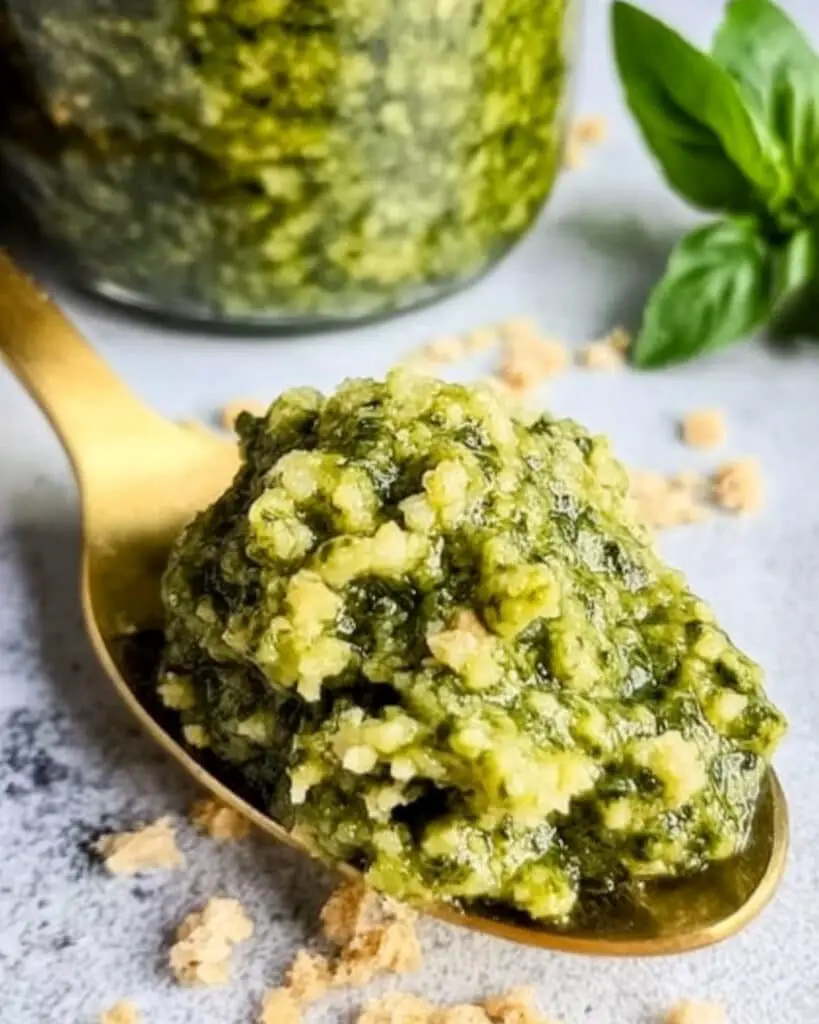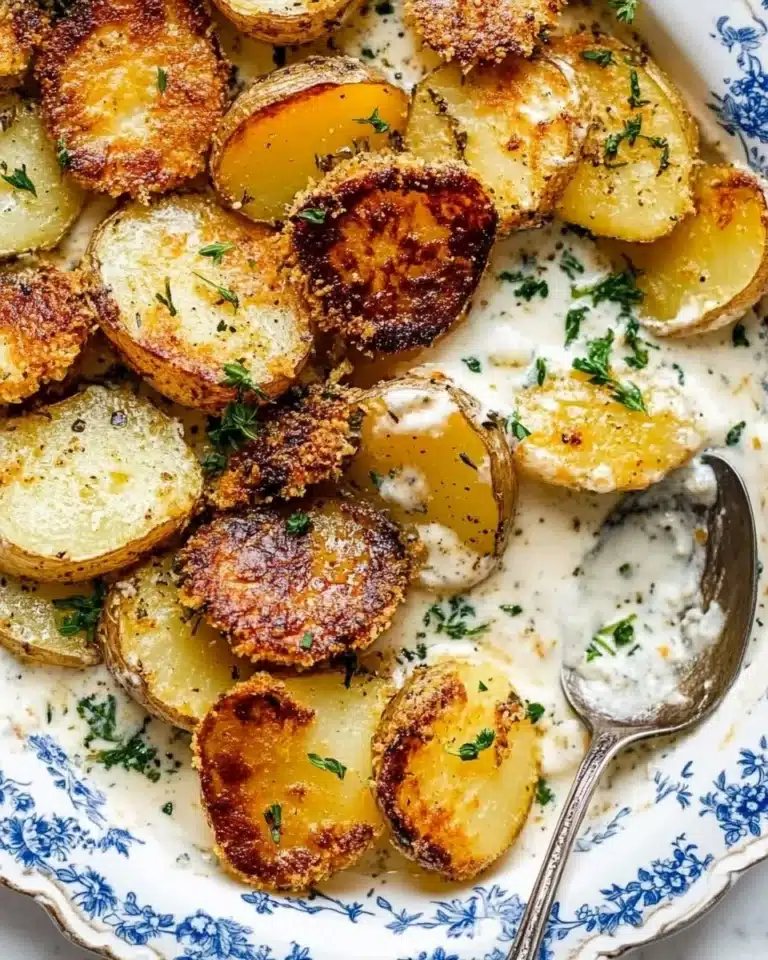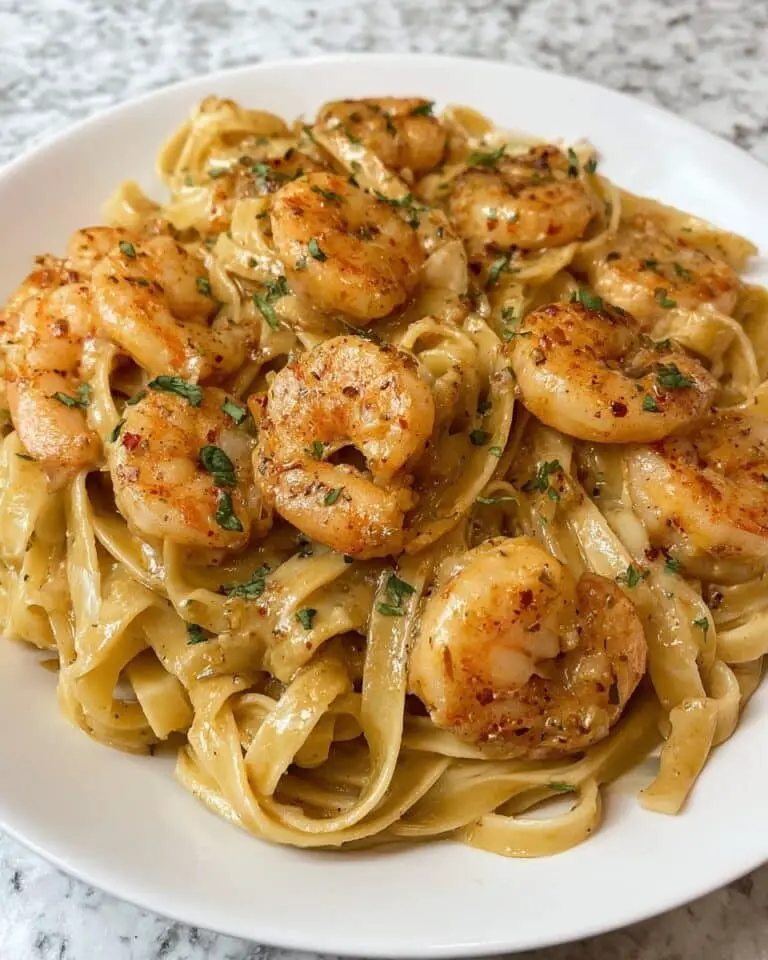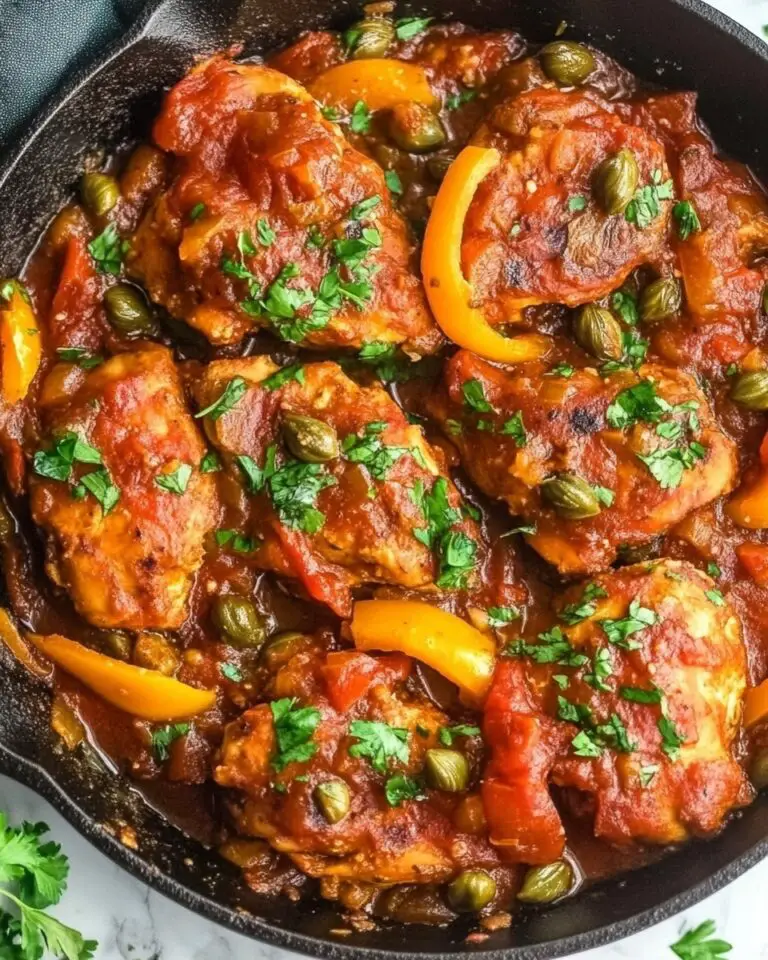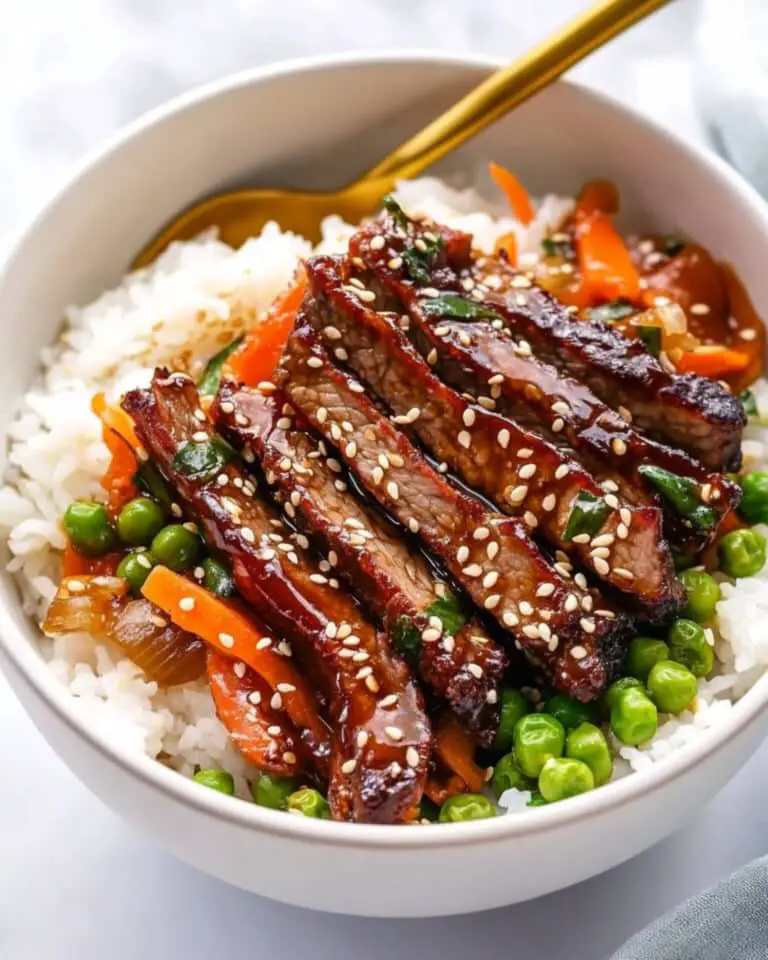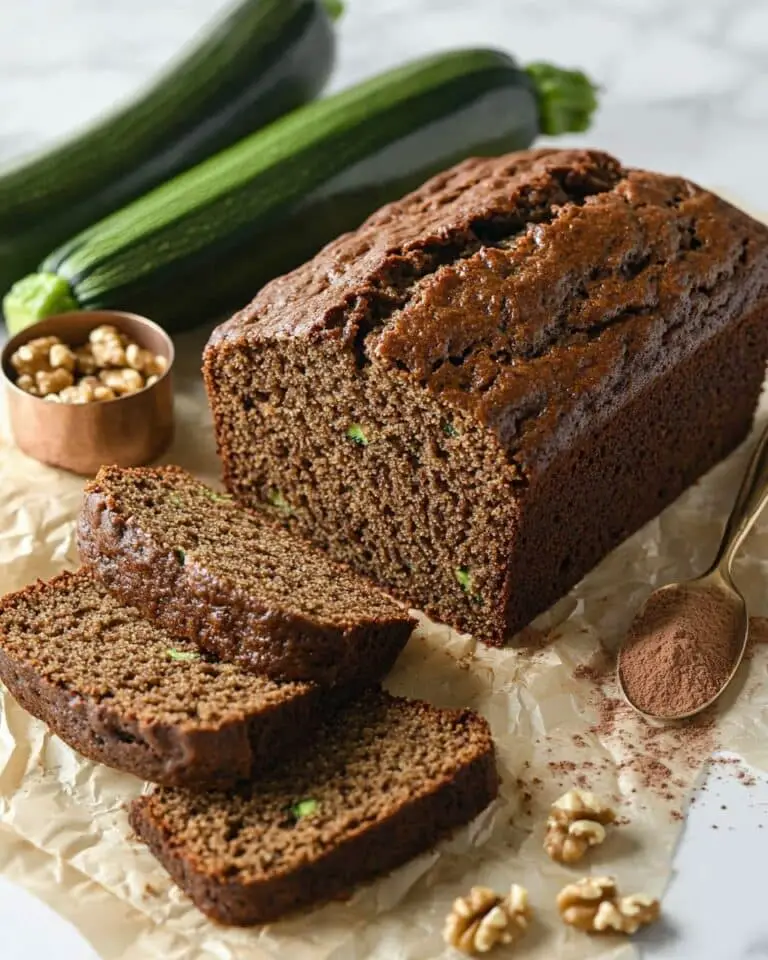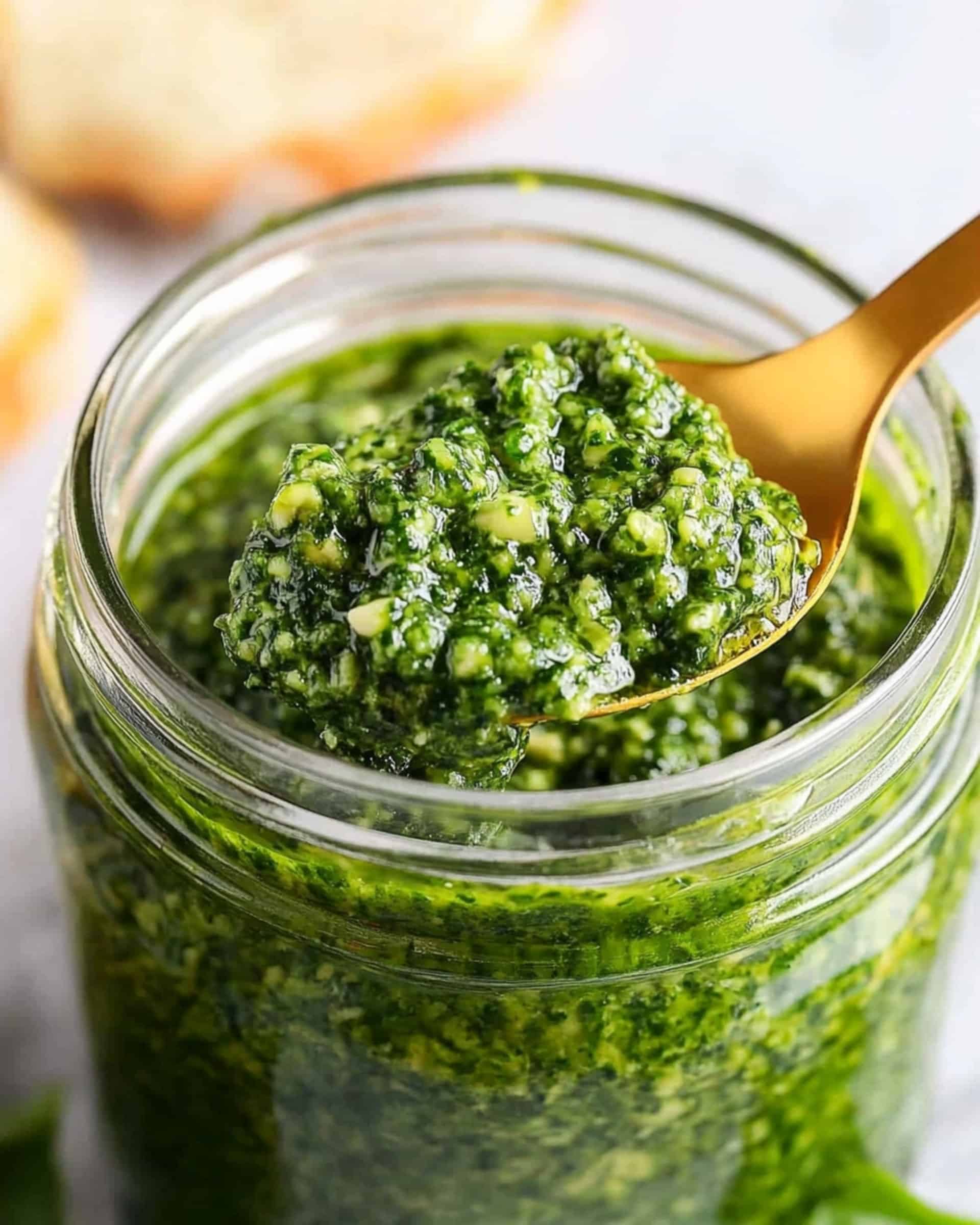
This vibrant, aromatic Homemade Basil Pesto transforms any meal from ordinary to extraordinary with just a handful of fresh ingredients. Ready in only 5 minutes, this versatile sauce packs an incredible punch of flavor that will elevate pasta, sandwiches, or grilled meats. The balance of fragrant basil, nutty Parmesan, and rich olive oil creates a sauce that’s infinitely better than anything store-bought!
Why You’ll Love This Recipe
- Lightning Fast: From garden (or grocery bag) to table in just 5 minutes—you’ll spend more time deciding what to put it on than actually making it!
- Incredibly Versatile: This isn’t just a pasta sauce—it’s a flavor booster for practically everything in your kitchen, from morning eggs to dinner proteins.
- Customizable: The basic recipe is perfect as-is, but you can easily tweak the ingredients to match your taste preferences or what you have on hand.
- Better Than Store-Bought: The difference between freshly made pesto and the jarred variety is night and day—once you make your own, you’ll never go back.
Ingredients You’ll Need
- Fresh Basil Leaves: The star of the show! The fresher your basil, the more vibrant your pesto will be. Those fragrant, tender leaves provide the distinctive flavor that makes pesto irresistible.
- Garlic: Adds that essential pungent kick. Fresh cloves will give you the most robust flavor, but feel free to adjust quantities based on your garlic tolerance.
- Parmesan Cheese: Provides a savory depth and creamy texture. Always go for freshly grated if possible—the pre-grated stuff simply doesn’t compare.
- Extra Virgin Olive Oil: Creates the silky texture while adding fruity notes. This is where quality matters—a good olive oil will elevate your pesto tremendously.
- Pine Nuts: These add a subtle buttery richness and slight texture. They’re traditional, but don’t worry if they’re not in your pantry or budget—there are plenty of alternatives!
Note: You’ll find the complete list of ingredients, along with their exact measurements, in the printable recipe card at the bottom of this post.
Variations
Nut Variations
Swap pine nuts for walnuts for an earthier flavor, almonds for extra crunch, or pistachios for a touch of sweetness. Each nut brings its unique character to the pesto.
Herb Combinations
Try a mix of basil and parsley for a lighter flavor, or introduce some arugula for a peppery kick. Mint can add a refreshing twist for summer dishes!
Cheese Options
While traditional pesto calls for Parmesan, you can experiment with Pecorino Romano for a sharper flavor or even nutritional yeast for a dairy-free version.
Budget-Friendly Version
Replace pine nuts with sunflower seeds and reduce the olive oil slightly. It’ll still be delicious, just with a different nuance.
How to Make Homemade Basil Pesto
Step 1: Prepare the Basil
Measure out 2 cups of fresh basil leaves, packing them loosely in your measuring cup. Give them a quick rinse and pat dry if they’re garden-fresh. Transfer the leaves to your food processor or blender.
Step 2: Add Remaining Ingredients
Add the garlic cloves, grated Parmesan cheese, extra virgin olive oil, and pine nuts to the food processor with the basil.
Step 3: Blend to Desired Consistency
Pulse several times to break down the ingredients, then blend until you reach your preferred texture. Some prefer a chunkier pesto with more texture, while others like it silky smooth. I find that somewhere in between—where you can still identify tiny bits of basil and nuts—gives the best flavor experience.
Step 4: Store Properly
Transfer your freshly made pesto to an airtight container. If not using immediately, pour a thin layer of olive oil on top to prevent oxidation (and that unappealing brown color).
Pro Tips for Making the Recipe
- Toast Your Nuts: For an even deeper flavor, lightly toast your pine nuts or alternative nuts in a dry skillet before adding them to the pesto.
- Save Some Pasta Water: When using with pasta, reserve some starchy cooking water to mix with the pesto—it helps the sauce cling to the noodles beautifully.
- Blanch the Basil: If you’re planning to store the pesto for more than a day or two, blanching the basil leaves for 5-10 seconds in boiling water, then shocking in ice water, helps maintain that vibrant green color.
- Adjust Consistency: If your pesto seems too thick, add a little more olive oil. Too thin? Add more cheese or nuts to thicken it up.
How to Serve
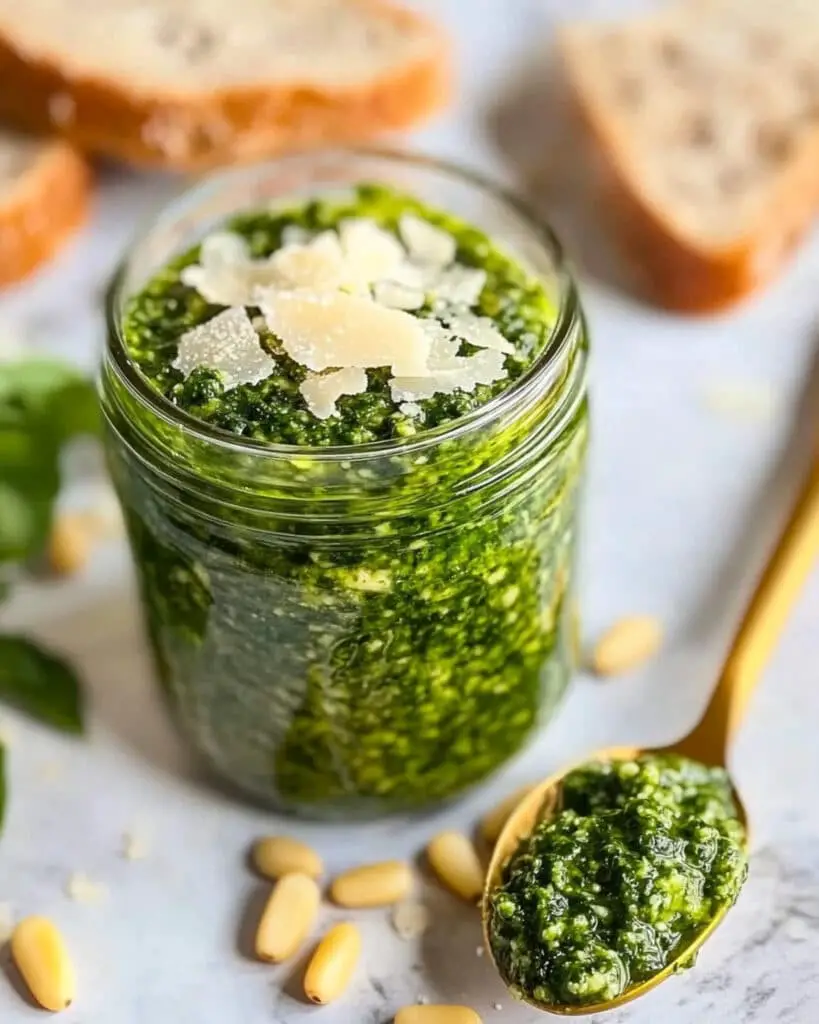
With Pasta
Toss with your favorite pasta shape—linguine and fusilli hold pesto particularly well. Add a splash of pasta cooking water to create a silky sauce that clings to every bite.
As a Spread
Slather on crusty bread for an elevated sandwich or toast. It pairs beautifully with mozzarella and tomatoes for a quick caprese-inspired lunch.
With Proteins
Spoon over grilled chicken, fish, or steak as a finishing sauce. The bright, herbal notes cut through rich meats perfectly.
In Soups and Salads
Stir a dollop into vegetable soups just before serving, or mix with additional olive oil and a touch of vinegar for an incredible salad dressing.
Make Ahead and Storage
Storing Leftovers
Store your pesto in an airtight container in the refrigerator with a thin layer of olive oil on top to prevent oxidation. It will stay vibrant and flavorful for 5-7 days.
Freezing
For longer storage, freeze pesto in ice cube trays, then transfer the frozen cubes to a freezer bag. This method allows you to thaw just what you need for up to 3 months.
Tip: Omit the cheese before freezing and add it fresh after thawing for the best texture.
Preventing Browning
If your pesto starts turning brown, don’t worry—it’s just oxidation and doesn’t affect the flavor. To minimize this, always top with a layer of olive oil before storing.
FAQs
-
Can I make pesto without a food processor?
Absolutely! Before electric appliances, pesto was traditionally made with a mortar and pestle, which actually produces a more rustic, intensely flavored result. You can also use a regular blender, though you might need to stop and scrape down the sides more frequently.
-
Is homemade pesto cheaper than store-bought?
It can be, especially if you grow your own basil or find it at a good price. The biggest expense is typically pine nuts, which is why I suggest alternatives like sunflower seeds or walnuts if you’re budget-conscious. Plus, the flavor improvement is worth every penny!
-
How can I keep my pesto bright green?
The secret is preventing oxidation. Adding a small squeeze of lemon juice helps, as does blanching the basil briefly before blending. Always store with a thin layer of olive oil on top, and if freezing, consider adding acid-preventing additions like a small piece of vitamin C tablet.
-
Can I make pesto with other herbs besides basil?
Definitely! While traditional pesto Genovese uses basil, you can make delicious “pestos” with parsley, cilantro, mint, or even leafy greens like kale or arugula. The technique remains the same, though you might want to adjust the other ingredients to complement your chosen herb.
Final Thoughts
This Homemade Basil Pesto recipe is truly one of those kitchen game-changers that makes you wonder why you ever bought the pre-made stuff. It transforms simple ingredients into something magical in just minutes, and its versatility means you’ll find endless ways to enjoy it. Whether you’re tossing it with pasta, spreading it on sandwiches, or using it as a flavor booster for proteins and vegetables, this vibrant green sauce brings a burst of summer to your table any time of year. Give it a try—I promise your cooking repertoire will never be the same!
Print
Homemade Basil Pesto Recipe
- Prep Time: 5 minutes
- Cook Time: 0 minutes
- Total Time: 5 minutes
- Yield: 8 servings
- Category: Sauces-condiments
- Method: No-cook
- Cuisine: Italian
Description
Homemade basil pesto is a quick, versatile, and fresh sauce that brings a burst of flavor to any dish. Made with fresh basil, garlic, Parmesan cheese, olive oil, and pine nuts, it’s a classic Italian condiment perfect for pasta, sandwiches, or as a dip. Customize its texture to your preference and enjoy a bright, herbaceous flavor profile!
Ingredients
Main Ingredients
- 2 cups fresh basil leaves, loosely packed
- 3 cloves garlic
- 1/2 cup grated Parmesan cheese
- 1/3 cup extra virgin olive oil
- 1/4 cup pine nuts
Instructions
- Prepare the Basil Leaves
Measure 2 cups of fresh basil leaves by loosely packing them into a measuring cup. Rinse them lightly if needed and place the leaves into a food processor or blender. - Add the Remaining Ingredients
Add the 3 cloves of garlic, 1/2 cup grated Parmesan cheese, 1/3 cup of olive oil, and 1/4 cup of pine nuts to the food processor. These ingredients will form the base of the pesto, delivering a nutty, cheesy, and herbaceous flavor. - Blend the Mixture
Blend the mixture until you reach your desired consistency. You can make it smooth if you prefer a creamy texture, or leave it slightly chunky for added texture and character. - Store the Pesto
Transfer the prepared pesto into an airtight container. Store it in the refrigerator for up to 5 to 7 days, ensuring it stays fresh and delicious.
Notes
- If pine nuts are unavailable or too expensive, you can substitute them with sunflower seeds for a budget-friendly option. Other alternatives include walnuts, pecans, or almonds, which will slightly alter the flavor but still taste delightful.
- For an extra zesty flavor, a squeeze of fresh lemon juice can be added during blending.
- To prevent the surface of the pesto from oxidizing and turning darker in the fridge, pour a thin layer of olive oil on top before sealing the container.
Nutrition
- Serving Size: 2 tablespoons
- Calories: 145
- Sugar: 1g
- Sodium: 120mg
- Fat: 14g
- Saturated Fat: 3.5g
- Unsaturated Fat: 10.5g
- Trans Fat: 0g
- Carbohydrates: 2g
- Fiber: 0.5g
- Protein: 3g
- Cholesterol: 6mg

